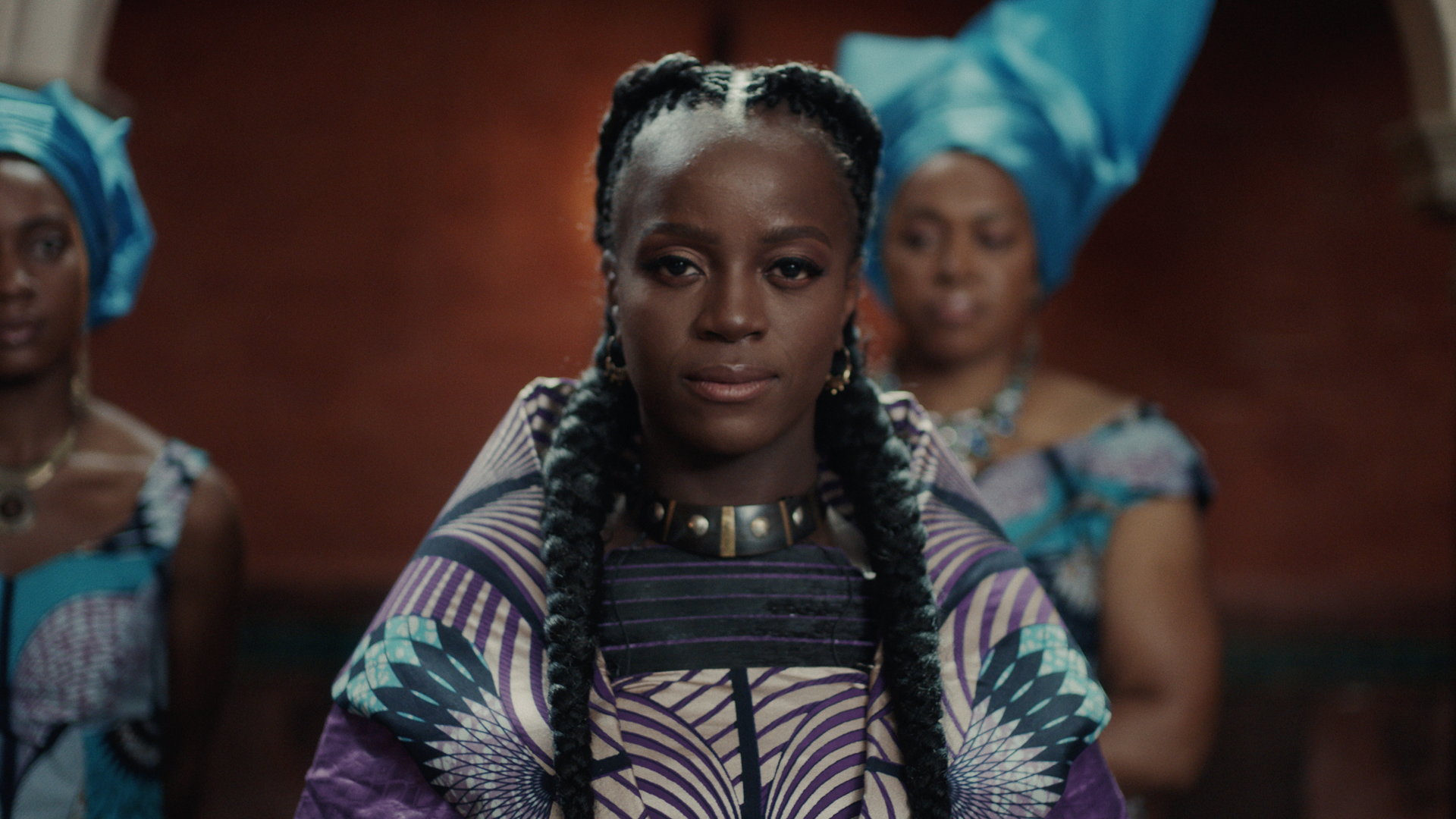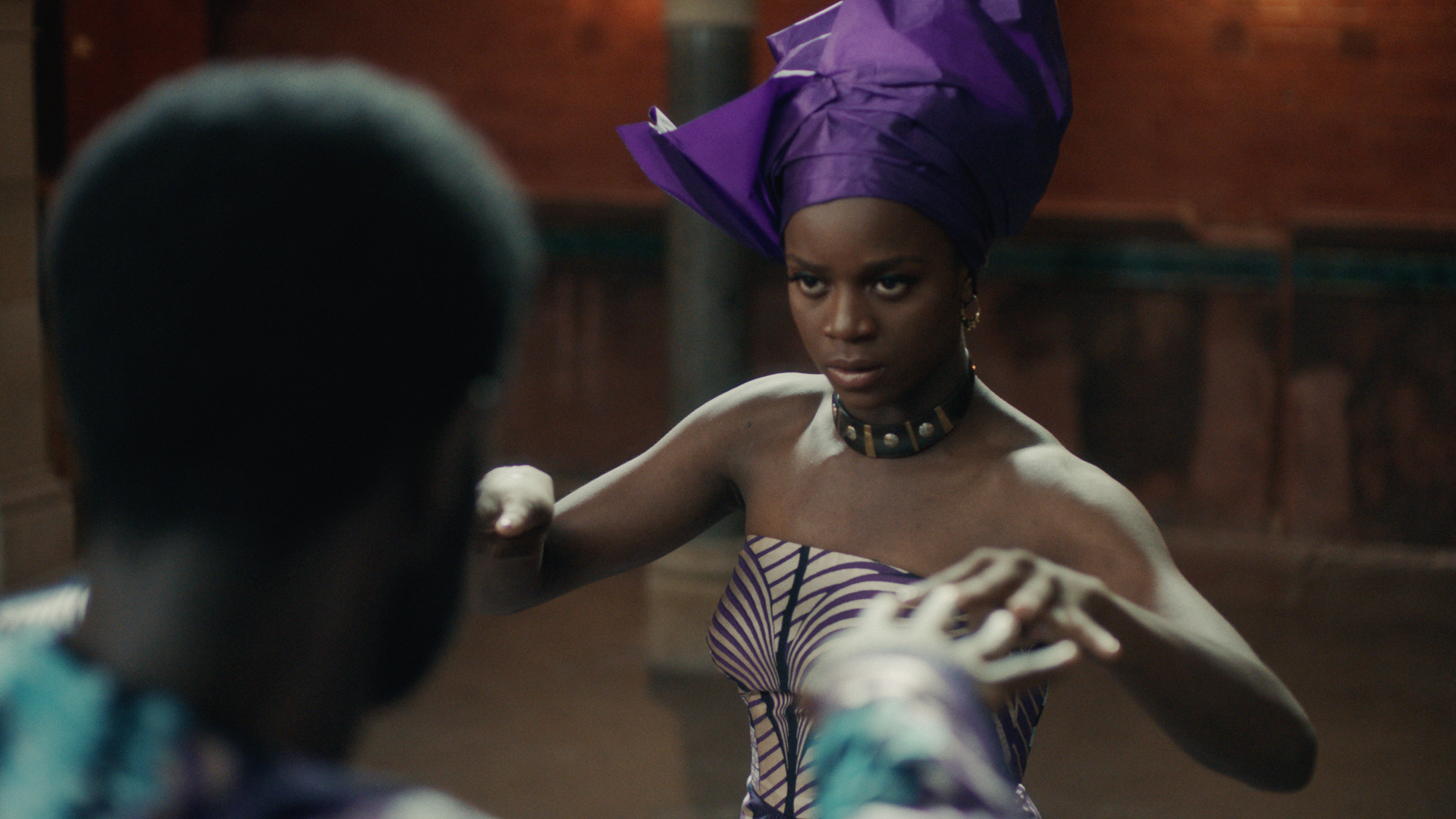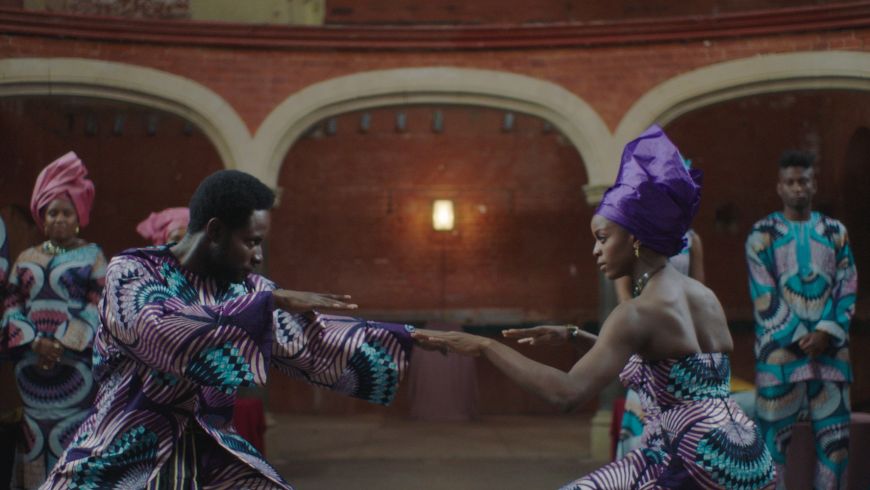Don't Look at the Finger
Steven Bode
Director of FVU Steven Bode explores the concept of the 'first impression' in the work of Hetain Patel.
Projects
First impressions are often incorrect
I first came across the work of Hetain Patel online, as I was swiping through a number of YouTube videos that were each trying (and failing) to catch my eye. Patel’s name jumped out, partly because someone had recommended him to me, but mostly because the video threw me slightly, by cleverly luring me into thinking it was something it was not. The work in question was actually a TED Talk, called Who am I? Think Again, a title which ought to have clued me in to the artist’s wider intentions. In the clip, Patel shares centre-stage with a female dancer/performer, Yuyu Rau, who is also his translator; although his efforts to speak in Mandarin are quickly revealed to be an elaborate ploy to deflect unwanted assumptions that might be too readily drawn from his native Manchester accent! The video deftly wrong-foots us in other ways too. Is Patel’s opening pose, crouching up on his chair, an echo of a so-called ‘Indian style’ sitting position? Think again... It springs, he informs us later, from a childhood desire to imitate Spider-Man! Do the traditional Indian kurta pyjamas he is wearing naturally ‘fit’ him? Think again... The young Hetain may have worn them as a child, on special family occasions, but he always felt uncomfortable in them. Whenever he was embarrassed by them, he would imagine them as the flowing robes of the Kung Fu action heroes he admired and adored.
Watching the clip, I immediately recognised Patel’s obvious talent, but I may have been too quick to pigeon-hole him as a virtuoso onstage performer, overlooking his cinematic aspirations. These come to the fore in his first film work, The Jump (2015). The childhood love of Spider-Man, attested to earlier, is materialised here, in a beautifully lit, slow-motion scene, in which a brooding figure in superhero costume looms large from out of the shadows. This leap into the fantasy world of the imagination is brought gently down to earth on an adjoining screen, where we witness the Spider-Man jump that the young Hetain would have played out repeatedly on the front-room sofa now enacted before his amused and astonished extended family.
First impressions count for a lot
The opening scenes of Patel’s new film, Don’t Look at the Finger (2017), show the preliminaries of what appears to be a wedding. The bride and groom, who may be of West African origin, judging by their vibrantly patterned gowns, are flanked by family and friends, well-wishers and attendants. The nervous glances exchanged between the couple suggest that the marriage may be an arranged marriage, and that this may even be the first time they are seeing each other properly in the flesh. As onlookers, observing from outside, many viewers may also be thrown a little by the ceremony being conducted in sign language. No translation is offered, or subtitles shown, but the tactile, expressive gestures of the signing are vivid and evocative – as universal (or apparently universal) as the spontaneous smiles and nods that light up these happy occasions.

The action moves from the exchange of these hand gestures to formal hand holding and other affectionate, ritual touches but suddenly shifts, as if this were only foreplay, to the couple locking arms in the stylised code of martial arts combat. As this is happening, the costumes morph too, into something more suggestive of fighting gear. The pair trade blows: initially startled, then increasingly serious and determined; falling down, getting up, making up, starting over again. Their hand-to-hand struggle may be a metaphor for what is glibly called the ‘battle between the sexes’, where the erotic grappling of the conjugal bed is all too quickly replaced by the squabbles of domestic life, but what is clear to see is the dynamic of a relationship emerging, in which each partner has equal strength and discovers their individual identity.
First impressions are hard to shrug off
There has been much talk recently within the visual arts and cinema of a hybrid form appearing that draws freely from different languages and references. This may be true, but there is often also a defaulting back to fixed formats and older traditions. Is Don’t Look at the Finger a ‘dance film’? Think again… It is a bravura piece of choreography but also a study in the nuances of anthropology and iconography. Is it a homage to the Kung Fu film, or a reflection of the genre’s growing appropriation by mainstream cinema? Maybe so… As always, a clue may be found in the title. Our first thought, perhaps, in the context of the wedding we are watching, may be that the instruction not to look is to avoid prior sight of the ring finger in case of bad luck. The phrase actually comes from a famous saying of the Kung Fu master, Bruce Lee, in his magnum opus, Enter the Dragon, where he warned a young apprentice fighter never to look at a finger that is pointing at something lest he miss what it is pointing at. As a signpost to the engaging, elusive and beguiling art of Hetain Patel, it is a good watchword to carry with you as a guide.
–––
Steven Bode is Director of Film and Video Umbrella
This text was written in response to Don’t Look at the Finger (2017) by Hetain Patel, which was commissioned and produced by Film and Video Umbrella, with Manchester Art Gallery and QUAD. Supported by Arts Council England. Initial research supported by Jerwood Choreographic Research Project.

